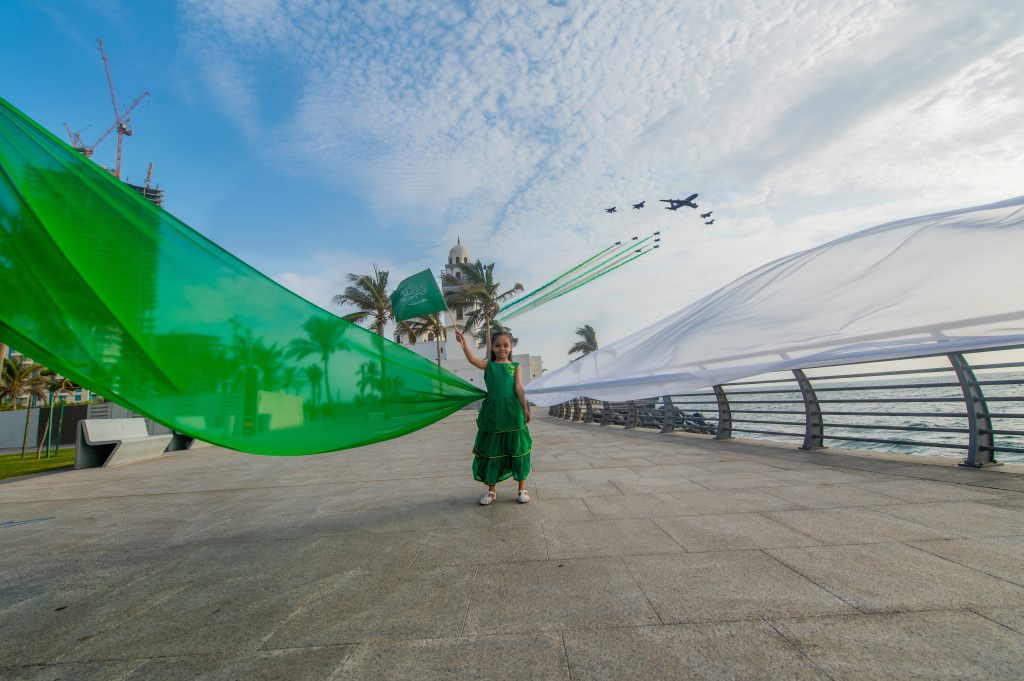In a groundbreaking year for Saudi Arabia’s travel industry, the nation has surpassed its own predictions, leading to an ambitious upgrade in its future plans. With an eye towards 2030, Saudi Arabia has boosted its visitor target from the initial 100 million to an optimistic 150 million, as revealed by Tourism Minister Ahmed Al-Khateeb last October.
Last year’s figures were remarkable, with Saudi airports welcoming in excess of 93.5 million travelers. Of these, 77 million were domestic tourists, while international visitors accounted for 16.5 million. This surge is attributed to strategic policy reforms, including the introduction of the ‘Visiting Investor’ visa by the Ministry of Investment and the Foreign Affairs department. This online e-visa service is now accessible to applicants from all over the globe, streamlining the process and bypassing the need to visit Saudi consulates.
The Kingdom is intent on transforming its tourism industry into a key economic pillar by 2030. Expansive projects are underway, such as the creation of top-tier tourist attractions and the revamping of visa processes, alongside the promotion of the country’s rich cultural and historical heritage.
A pivotal initiative bolstering this growth is Riyadh Air, Saudi Arabia’s premier airline, which aspires to elevate Riyadh to a major hub for commerce, tourism, and transport. Saudi Arabia has already clinched the second spot worldwide for tourist arrivals in the first part of this year.
Enhancing the nation’s Air Connectivity Program, new direct flight routes now connect Jeddah and Riyadh with cities like Casablanca, Brussels, and Beijing. Additionally, the General Authority for Civil Aviation has laid out a strategy aiming to draw in investments of up to $100 billion by 2030, focusing on increasing the sector’s competitive edge and transparency.
The Kingdom is on a determined path to highlight its diverse culture, landscapes, and history, propelling its tourism industry towards a prosperous decade and drawing closer to the aspirations of Vision 2030.
